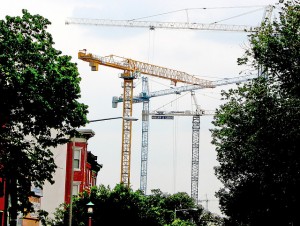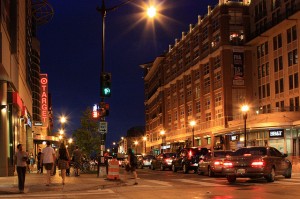A reader adds to our discussion on whether poor children benefit by having rich neighbors. Soulshadow55 writes:
Yeah, that’s all well and good but what usually happens is that the neighborhood improves to the point that poor families can no longer afford to live in it. The increased tax base continues to attract so-called wealthy people to the neighborhood which decreases the number of poorer families with children. The new so-called wealthy people benefit more from all of the new facilities, the playgrounds, improved schools, better services, etc… [SIC]

Harold Neal / Flickr
Gentrification is one of the main reasons behind why more poor District children now live in wealthier neighborhoods. Such neighborhood revitalization, which brings along amenities that children can benefit from, also increases property values. As a result, low- and moderate-income families renting at market rates may get priced out.
Those living in public housing, however, could be somewhat buffered by the negative impact of rapid gentrification, since rents remain steady. Take Columbia Heights, where public housing apartments are on the same block as million dollar homes. But good luck to anyone seeking public housing — the waiting for affordable housing vouchers in the District has swelled to more than 37,000-people long.



